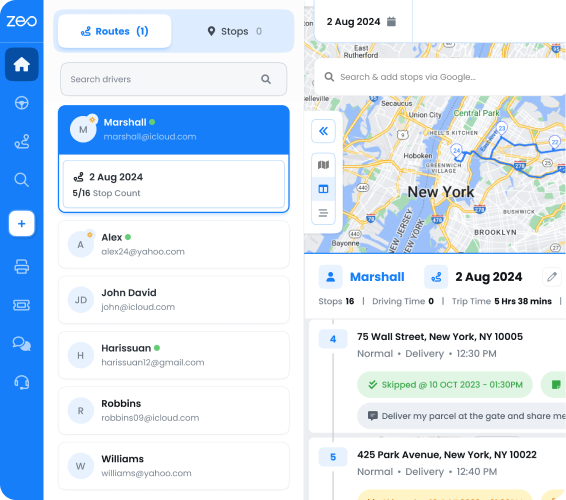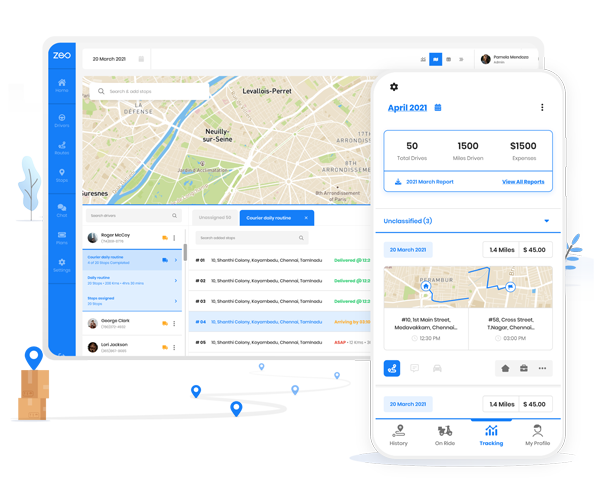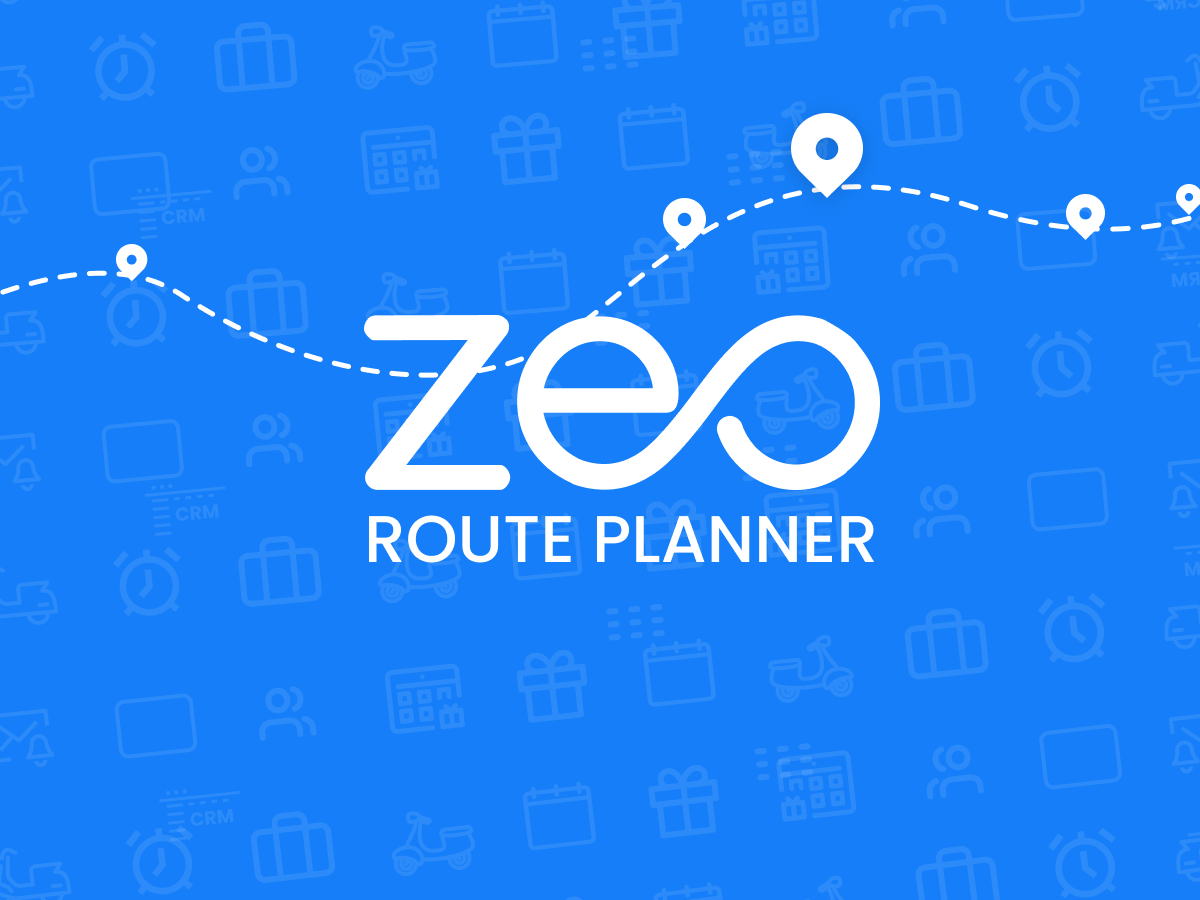Navigating through multiple destinations on Google Maps efficiently can be a daunting task, especially when you’re trying to optimize your route for time, fuel, and convenience. Luckily, with the help of Google Maps, mastering the art of adding multiple stops is easier than ever before. You can plan multi-stop routes using Google Maps. This blog will help you uncover valuable insights and strategies to elevate your trip planning game with some impactful travel tips. Whether you’re embarking on a road trip, managing a delivery route, or planning a day of errands, these trip planning and travel tips will help you optimize your routes.
Why Use Multiple Destinations on Google Maps?
Adding multiple destinations on Google Maps offers numerous benefits. It not only helps you save your travel time and fuel costs but also optimize your routes and enhance your trip planning.
- Saving Time and Fuel: By plotting out multiple destinations on Google Maps, you can create an optimized route that minimizes travel time and fuel consumption. This is particularly valuable for businesses with delivery services or field sales teams who need to visit multiple locations in a single trip.
Example: A delivery driver for a courier service can use Google Maps to plan their multi-stop route, ensuring they take the most efficient path to each destination. This not only saves time but also reduces fuel costs, ultimately improving their trip planning and business growth.
- Optimizing Travel Routes: Google Maps allows you to rearrange the order of your stops to find the most efficient route. This can help you avoid traffic congestion, construction zones, and other obstacles that may slow you down.
Example: A traveling sales representative can use Google Maps to plan their appointments for the day, arranging them in an order that minimizes driving time between locations. By avoiding heavy traffic areas and prioritizing nearby stops, they can maximize their productivity and meet more clients.
- Improving Trip Planning: Whether you’re planning a road trip or a sightseeing adventure, adding multiple destinations on Google Maps allows you to create and optimize routes for a comprehensive itinerary. This ensures that you don’t miss out on any attractions or points of interest along the way.
Example: A family planning a cross-country road trip can use Google Maps to plot out their route, including stops at national parks, landmarks, and tourist attractions. By adding multiple destinations, they can create a detailed itinerary that maximizes their travel experience.
How to Add Multiple Destinations on Google Maps
Adding multiple stops to your route on Google Maps is simple and straightforward. Here’s how you can do it:
- Open the Google Maps app on your device.
- Enter your destination in the search bar or tap it on the map.
- Tap on Direction in the bottom left of the screen.
- From the top right of the screen, tap on More >> Add Stops.
- Choose and add multiple destinations. Google Maps allows you to add up to 9 stops.
- Once you add multiple destinations, tap on Done.
- You can also reorder the stops after you add multiple destinations.
- Simply choose the stop you want to move and hold Reorder.
- Drag the stop to the position you want.
Tips and Tricks for Efficient Trip Planning
To make the most of your multi-stop route trip planning, you must supercharge your route planning with Google Maps. Consider the following tips:
- Organizing Stops: Plan your multi-stop routes in a logical order, starting with the closest location and working your way outwards. This minimizes backtracking and ensures an efficient route.
- Rearranging Destinations: Use Google Maps’ drag-and-drop feature to rearrange your stops in the most optimal order. This allows you to prioritize important stops and avoid unnecessary detours while trip planning.
- Avoiding Traffic: Take advantage of Google Maps’ real-time traffic updates to avoid congestion and delays. Consider adjusting your route to avoid peak traffic hours or road closures.
- Using Additional Features: Explore additional features of Google Maps, such as offline maps and explore options, to enhance your travel experience. Offline maps are useful when traveling in areas with limited connectivity, while the explore feature helps you discover nearby attractions and amenities.
Best Practices for Trip Planning with Multi-Stop Route Optimization
Optimizing your multi-stop routes goes beyond simply adding stops. Here are some best practices to consider:

increase fuel savings
Save $200 on fuel, Monthly!
Optimize routes with our algorithm, reducing travel time and costs efficiently.
Get Started for Free
- Finding the Most Efficient Routes: Experiment with different route options in Google Maps to find the most efficient path. Consider factors such as traffic conditions, toll roads, and distance to optimize your route.
- Flexibility and Adaptability: Be prepared to adjust your plans on the go. Google Maps allows you to easily add or remove stops, reroute around obstacles, and adapt to changing circumstances during your trip.
- Incorporating Breaks: Schedule breaks into your itinerary to rest and recharge, especially on long journeys. This helps maintain driver alertness and ensures a safe and enjoyable travel experience.
- Utilizing Historical Data: For businesses, analyze past routes and performance data to identify patterns and opportunities for improvement. Use this information to optimize future routes and enhance efficiency.
Conclusion
Mastering the art of planning multi-stop routes on Google Maps can significantly enhance your travel experience. With the ability to add multiple destinations and access valuable trip planning features, Google Maps has become an indispensable tool for efficient navigation. Additionally, integrating Google Maps with Zeo Route Planner further optimizes your routes, ensuring you reach your destinations with maximum efficiency. By leveraging the power of both platforms, you can streamline your travel planning process and enjoy smoother journeys.
Schedule a free demo with our experts to understand how you can utilize Google Maps with Zeo to optimize your trip planning.

Are you a fleet owner?
Want to manage your drivers and deliveries easily?
Grow your business effortlessly with Zeo Routes Planner – optimize routes and manage multiple drivers with ease.

increase fuel savings
Hassle Free Deliveries & Pickups!
Optimize routes with our algorithm, reducing travel time and costs efficiently.
Get Started for Free




















